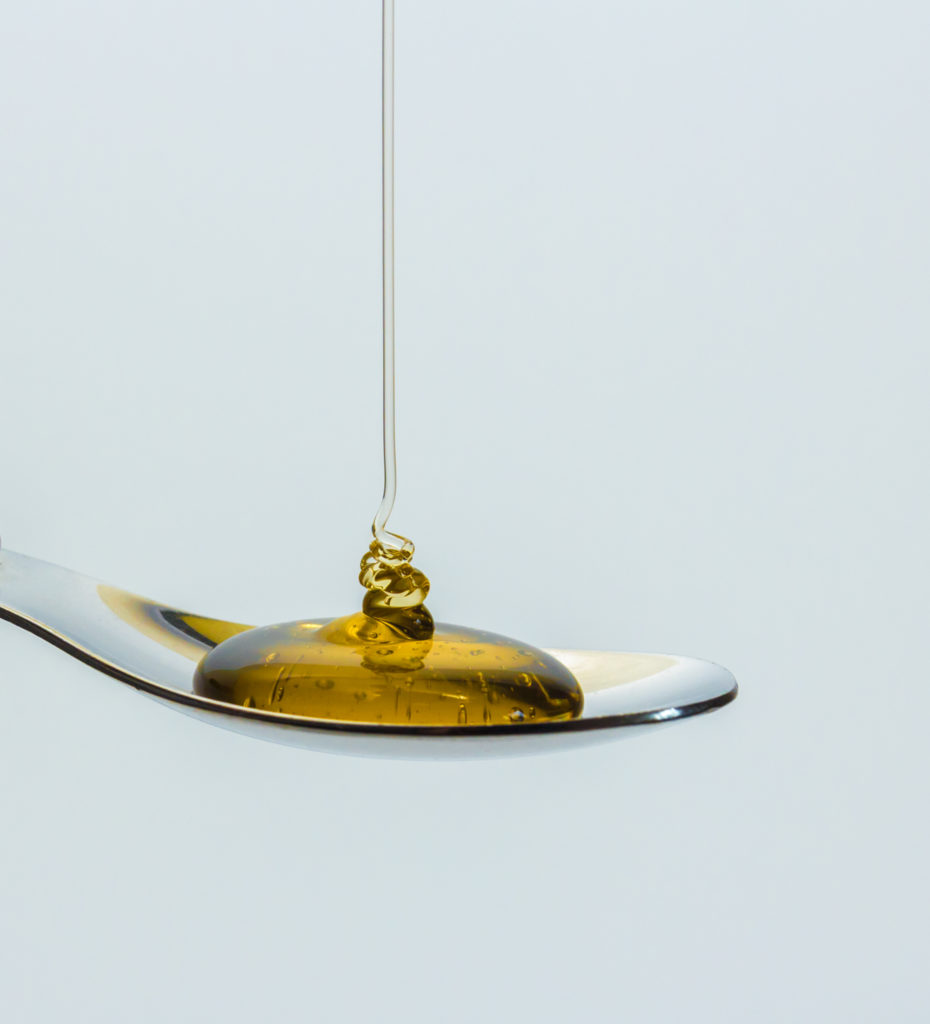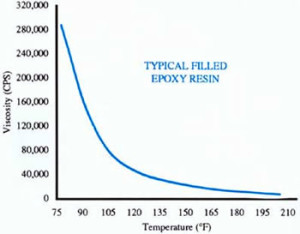
Viscosity
Viscosity is the resistance of a fluid to flow. This resistance acts against the motion of any solid object through the fluid and also against the motion of the fluid itself past stationary obstacles. Viscosity also acts internally on the fluid between slower and faster moving adjacent layers.
All fluids, i.e., all liquids and gases, exhibit viscosity to some degree.

Viscosity diminishes as temperature rises, often by about 2% per degree C; it also increases with an increase in pressure.
To reduce the viscosity of paste materials to allow easier pumping, heat is often applied. The following graph illustrates how a typically filled epoxy resin reduces in viscosity as it is heated.

Tank cleaning of High Viscosity cargoes
- Watch IBC chapter 17 column o (specific and operational requirements, minimum discharge temperature) for 16.2.6
- Washing at higher temperatures. Viscosity decreases with increasing temperature.
- No cold adjacent cargoes, no adjacent ballast water.
- If high viscosity cargo has been discharged wash a.s.a.p.
Units
Dynamic Viscosity μ
Measurement units: Pascal second (Pa * s) ; 1 Pa * s = 1000 milli Pacal seconds (mPa * s) or Poise, 1Poise = 100 centi Poise (cP)
1cP = 1mPa * s Viscosity of Water @ 20°C= 1cP
Kinematic Viscosity ν
Measurement units: m²/s ; Stoke ; 1 Stoke = 100 cSt ; Sayboldt Universal (SSU)
Densityρ (g/cm³ = kg/liter)
Dynamic Viscosity =“ Kinematic“ Viscosity * Density
1cP = 1cSt * 1g/cm³
Typical Viscosity Values of liquids @ 25°C
| Liquid | (mPa * s = cP) |
| Ethanol 1,07 | 1,07 |
| Olive Oil | 80 |
| HFO 380 | 2000 |
| Pitch Talloil | 230.000.000 |
